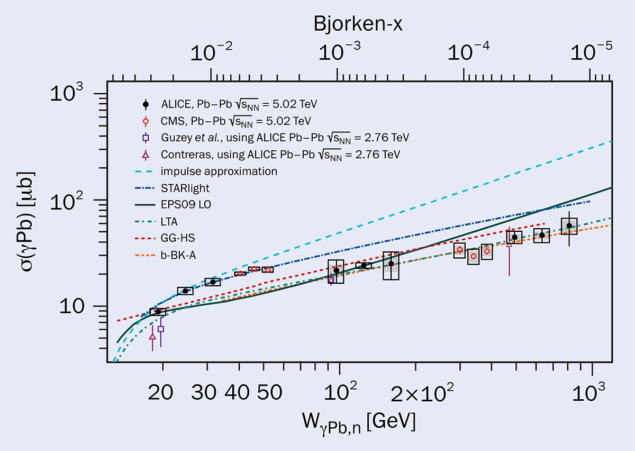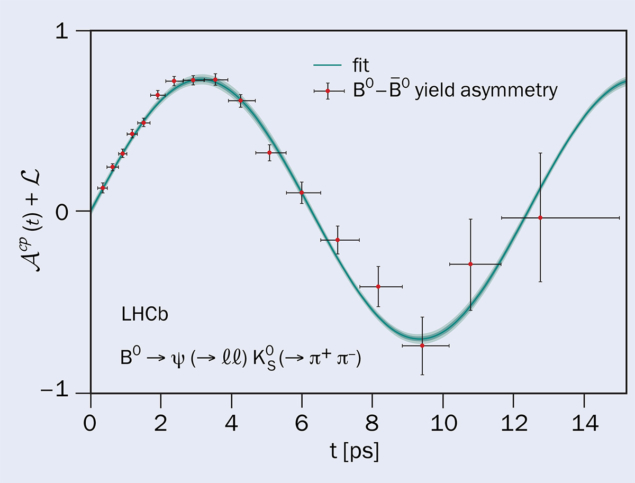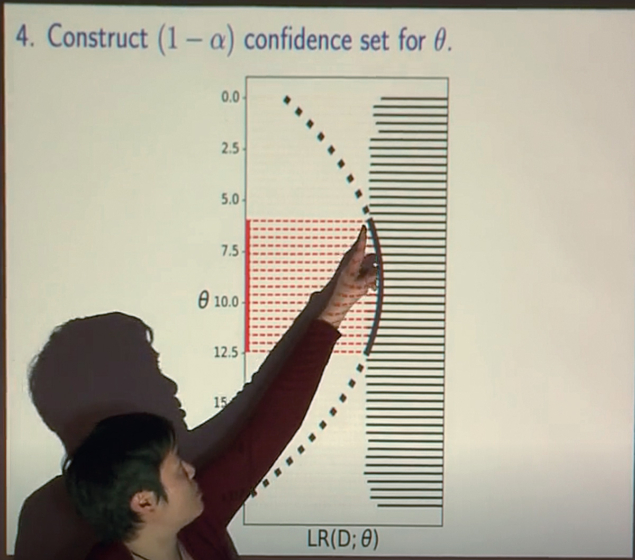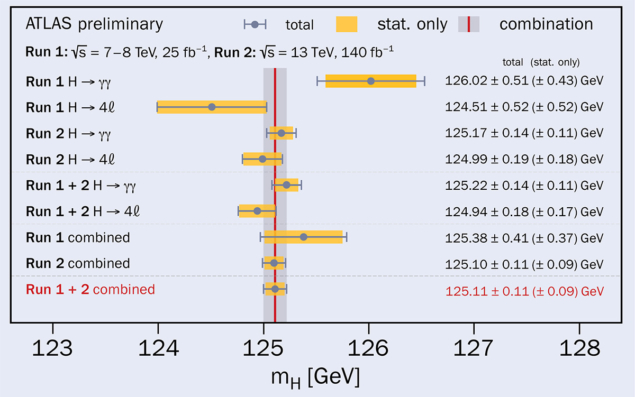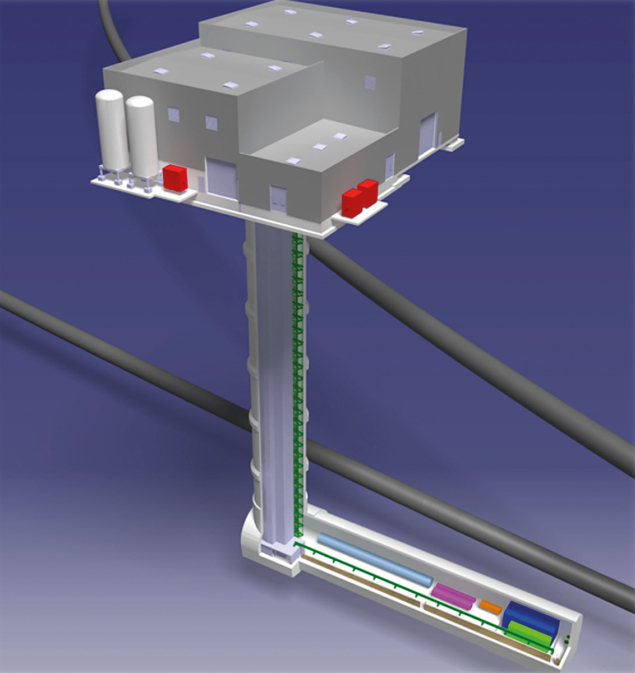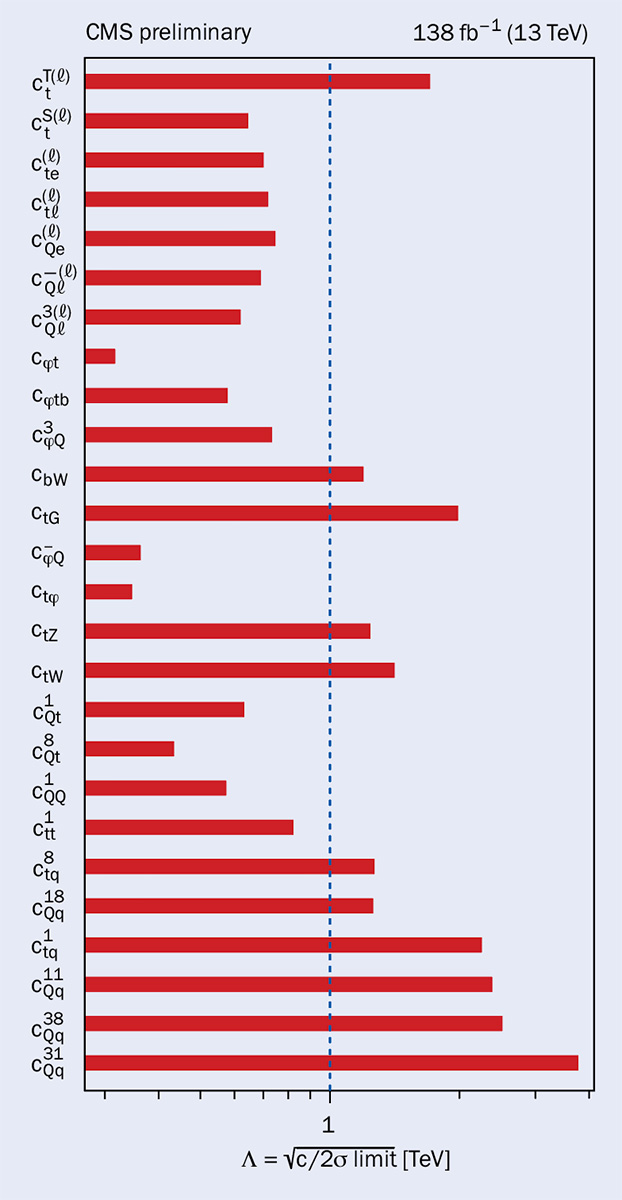Goldwin Smith Professor of Physics at Cornell University, Toichiro Kinoshita, whose precise calculations of the electron and the muon g-factors remain milestones in the field, passed away on 23 March in Amherst, Massachusetts, at the age of 98.
Toichiro “Tom” Kinoshita was born in Tokyo and raised in Tottori, the western rural part of Japan. When Tokyo Imperial University (now the University of Tokyo) reopened in 1946 after World War II, he returned to the campus. He was interested in theoretical particle physics, and asked Kunihiko Kodaira, an associate professor of mathematics and physics, to supervise him. He also attended the weekly seminars held by Sin-Itiro Tomonaga, who went on to share the Nobel Prize (with Schwinger and Feynman) for his fundamental work in quantum electrodynamics, QED. Equipped with a strong understanding of the renormalisation of QED from Tomonaga’s group, he began to investigate the renormalisability of charged vector bosons and collaborated with Yoichiro Nambu. Both were accepted by the Institute for Advanced Study at Princeton (IAS) as postdoctoral fellows in 1952. After a two-year stay at IAS, Kinoshita became a postdoc at Columbia University and within a year he was offered a research associate position at Cornell University, where he spent the rest of his career.
In 1966 Kinoshita revisited CERN. During a tour on the first day, a “wiggle plot” posted on the wall captured his gaze. An experiment to measure the anomalous magnetic moment of the muon (muon g-2) at CERN was in progress, and Kinoshita immediately dropped off the tour and rushed to the library to look for the known QED results on charge-renormalisation constants. His earlier study of the mass singularity brought him the inspiration that the leading contribution of the sixth-order term for muon g-2 can be obtained by simply multiplying the already-known quantities. It was the moment he started his life-long quest on the QED calculation of the lepton g-2 values.
After returning to Cornell, he started investigating all the sixth-order QED vertex diagrams. Due to their complexity he chose numerical means to evaluate them, his earlier studies on the three-body variational calculation of the helium atom in the 1950s helping him on his way. The new rules were invented to construct pointwise-subtraction terms for ultraviolet and infrared divergences of a Feynman integral, with which renormalisation could be realised without breaking the gauge symmetry of QED. After the first result came out in 1972, he kept improving the precision of the sixth-order term. His results were used for a quarter of a century to compare the theory to the measurement and to determine the fine-structure constant, among other calculations.
Retired from Cornell University in 1995, Kinoshita was delighted not to have duties other than physics research and started calculating the 10th-order QED contribution to g-2. We joined the 10th-order project in 2004, and his passion was the driving force of our collaboration. He visited RIKEN in Japan every year, and while he was in the US we received an e-mail every morning notifying us of his progress, queries and suggestions. The first entire 10th-order results were published in 2012. His final paper came out in 2019. He wished to be active until he was 100 years old and almost accomplished it.
Tom was always polite and calm, even when physics discussions heated up, and had an inner passion for the pursuit of truth that persisted throughout his life. He is survived by his three daughters and six grandchildren. His wife Masako, a well-known expert in Japanese loop braiding, passed away in 2022. Two diagrams are engraved on their tombstone: a Feynman diagram of QED at 10th order, and a loop-manipulation method. The family also established two undergraduate scholarships at Cornell in their memory.



